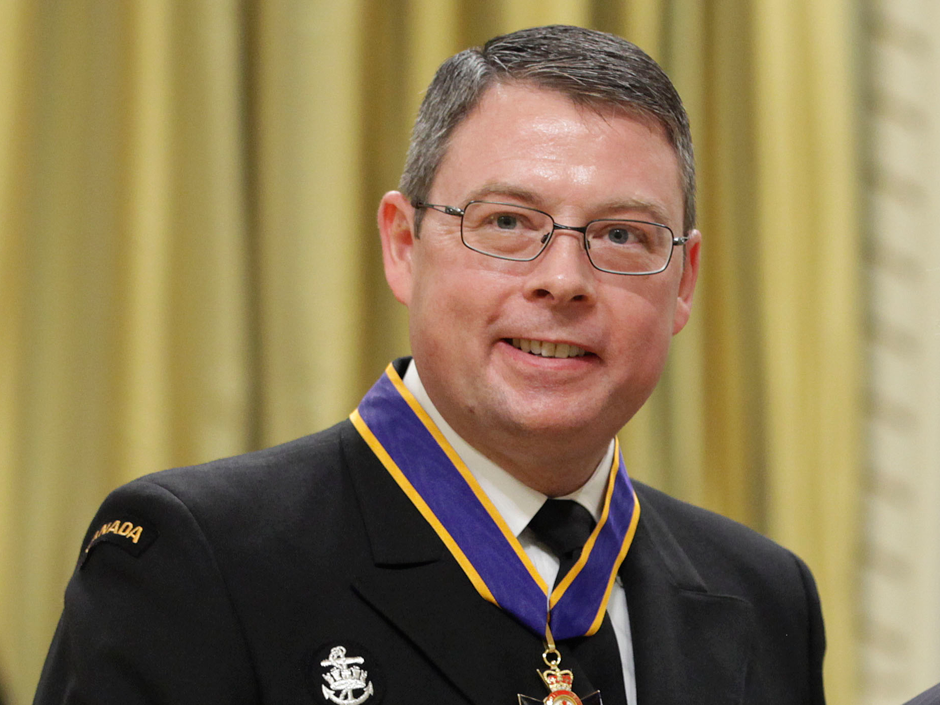Just months after the alleged leak of cabinet confidences that led to the removal of Vice-Admiral Mark Norman as second-in-command of the Canadian Forces, police launched another investigation into a different leak of federal shipbuilding information — but gave up after discovering it had been distributed so widely throughout government and the defence industry that finding the culprit would be impossible.
In March 2016, the Privy Council Office complained to military police that the potential cost of a new fleet of warships had been leaked to a journalist by someone in the Canadian Forces or Department of National Defence.
The complaint was prompted by a report by wire service The Canadian Press that the price tag for the navy’s Canadian Surface Combatant program, which will see it build a new fleet of warships, could be as high as $104 billion.
Military investigators eventually determined the cost estimate in the story came from a report prepared by a consulting firm the government hired to assess the project’s potential cost, according to Canadian Forces National Investigation Service files obtained by Postmedia under the Access to Information law.
“Due to the widespread distribution of the reports both in and out of the department, the possibility of determining who caused the leak is not possible,” investigators concluded.
But there was also the suggestion the Privy Council Office may have erred in claiming the figure’s release was a violation of cabinet confidentiality, which makes it illegal to release certain information — often contained in memos, discussion papers or briefings for ministers — that members of cabinet draw upon in making decisions. The investigation pointed out that the agreement with the consultant allowed the report and the costing figure to be shared, and police concluded that as a result “many departments and private companies had access to the report.”
The documents obtained by Postmedia hint at the pressure the Liberal government was putting on departments to crack down on unauthorized releases of information. “The matter is receiving heat and light from PCO, and downstream to DND/CAF,” security official Col. John Pumphrey wrote to Brig.-Gen. Rob Delaney, then the military’s top cop.
But even though the PCO pushed for the investigation, some of its officials didn’t think the military police would be successful in their hunt for the source of the leak.
Privy Council official Louise Lacelle told investigators “the possibility of determining who leaked the information was low, however information learned from a thorough investigation could result in recommendations which could assist in preventing a recurrence.”
The matter echoes the case of Norman, who is in court Friday. In that instance, the PCO called in the RCMP in November 2015 to investigate the alleged leak to a journalist of cabinet confidences regarding a potential delay in the acquisition of a new naval supply ship. After the RCMP searched Norman’s home in January 2017, he was suspended from his position as vice-chief of the defence staff, and in March of this year he was charged with one count of breach of trust.

The Crown will have to prove Norman was the source of the information in the alleged supply-ship leak. Norman’s lawyer Marie Henein argues that information was widely known in and around government. She argues there is no evidence Norman ever leaked cabinet documents and alleges the leak in question actually came from a government employee. In a recent submission to the court Henein pointed out that leaks are endemic in Ottawa and that an internal investigation by the PCO found at least 42 people knew beforehand about the planned cabinet committee discussion on the ship contract. The Privy Council investigation also determined that 73 people knew about the outcome of the cabinet meeting about the naval supply ship after it concluded.
> La suite sur le National Post.





























